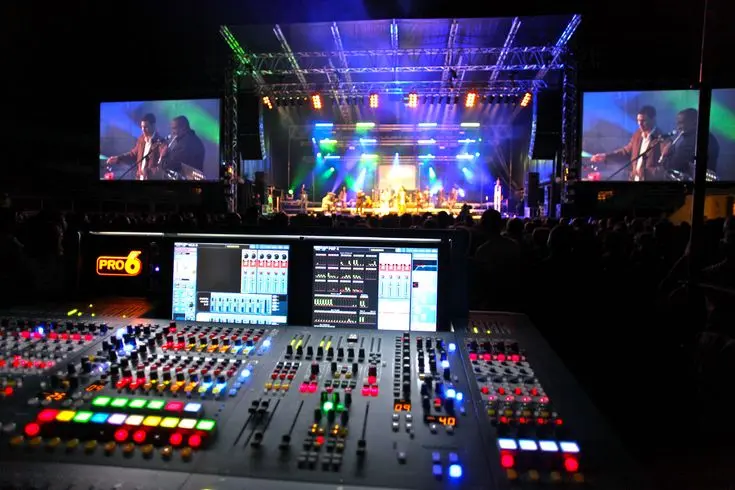
DJ Sound System
A DJ sound system comprises various components that work together to deliver music to an audience. Key elements include high-quality speakers, a mixing console, and potentially a DJ controller or turntables. These are often complemented by lighting and other effects to enhance the overall experience.
Here's a more detailed breakdown:
1. Speakers:
- Purpose:Speakers project the amplified sound, and ideally, they should be high-quality to deliver clear and powerful audio, according to a DJ sound system rental website.
- Types:DJ systems may use various types, including full-range speakers, subwoofers for low frequencies, and possibly monitor speakers for the DJ's own use.
- Configuration:Multiple speakers might be used to achieve even sound coverage, especially in larger venues.
2. Mixing Console (Mixer):
- Purpose:The mixer is the heart of the system, allowing the DJ to blend multiple audio sources (like turntables or CDJs) and apply effects.
- Key features:Mixers often include crossfaders for smooth transitions between sources, cueing functions to preview tracks, and EQ (equalization) knobs for adjusting the sound.
3. DJ Controller/Turntables/CDJs:
- Purpose:These devices are used to play the music and control playback.
- DJ Controllers:These are essentially hardware interfaces for DJ software running on a computer.
- Turntables:These are analog devices for playing vinyl records, requiring careful handling and setup.
- CDJs:These are digital players that can read CDs and other digital media formats.
4. Amplification:
- Purpose:Amplifiers boost the signal from the mixer to a level that can drive the speakers.
- Types:DJ systems might use separate amplifiers for different speaker configurations.
5. Other Essential Components:
- Cables:Connecting all the components together requires various cables for audio and power.
- Lighting and Effects:These are often included to enhance the visual aspect of the performance, such as stage lighting, fog machines, or strobe lights.
6. DJ Software:
- Purpose: Software can be used with a DJ controller to manage music files, create mixes, and apply effects.
- Popular platforms: Examples include Serato, Traktor, and Rekordbox.
7. Additional Elements:
- Headphones: For monitoring and cueing tracks.
- Microphone: For announcements and MCing.
- Microphone Stand: For holding the microphone.
- DJ Booth or Table: For setting up the equipment.
A complete DJ setup can be customized based on the DJ's preferences, the size of the venue, and the type of music being played.